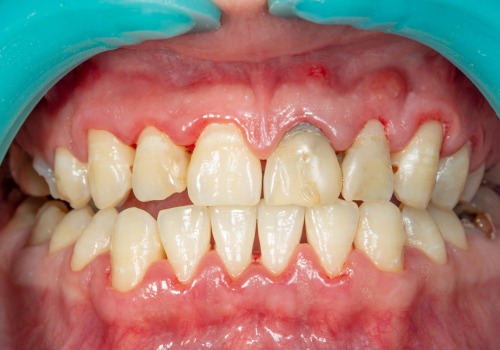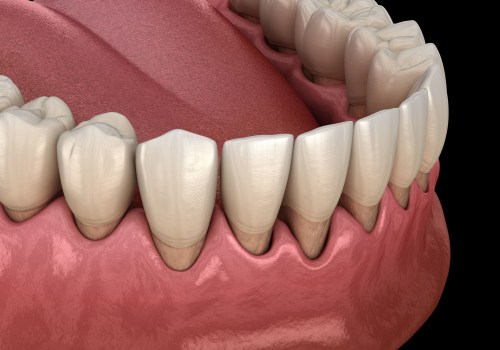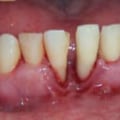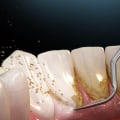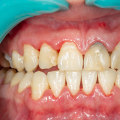Periodontal disease, also known as gum disease, is a serious infection that affects the gums and tissues that support the teeth. It is caused by bacteria that accumulate in the pockets between the teeth and gums. If left untreated, periodontal disease can lead to tooth loss and other serious health problems. Fortunately, there are several types of surgery available to treat periodontal disease and restore the health of your gums and teeth. Soft tissue grafting is one of the most common types of surgery used to treat periodontal disease.
This procedure involves taking a small piece of tissue from another part of the mouth and grafting it onto the affected area. This helps to reduce gum recession and protect the tooth root from damage. Bone grafting and tissue grafting may also be used to prepare a dental implant or to restabilize an existing tooth. In some cases, periodontal surgery may be necessary to treat certain gum diseases and conditions, such as gingivitis or periodontitis. This type of surgery is commonly referred to as gum surgery.
A dentist can usually treat gingivitis, a mild form of gum disease. However, periodontitis is an advanced form of gingivitis that causes inflammation and damage to bones and tissues, so it usually requires a visit to a gum specialist, known as a periodontist. Periodontal surgery can regenerate damaged bones and tissues, prevent tooth loss, reduce spaces between the gums, and reshape the jaw to eliminate bacterial growth. Bone surgery, also known as pouch reduction surgery, is a procedure that eliminates the bacteria that live in the pouches caused by gum disease. Membranes (filters), bone grafts, or tissue-stimulating proteins can be used to stimulate the body's natural ability to regenerate bones and tissues. Before surgery, the dental surgeon will have performed a deep scraping and root smoothing.
The surgical procedures used are flap surgery, bone grafting, guided tissue regeneration and tissue grafting. Finally, the periodontist will perform the specific procedure you need and then suture the gums back into place. The cost of periodontal surgery varies greatly depending on the type of procedure and the severity of the disease. Before starting most types of gum surgery, the periodontist will thoroughly clean the teeth and apply a local anesthetic to numb the area. People with serious or advanced disease around their gums and the tissues that support their teeth are usually suitable for periodontal surgery. Your periodontist can give you more information about the details of the procedure, how to prepare for it, and how long it will last. Periodontal surgery is an effective way to treat gum disease and damage resulting from periodontal disease.
It's vital to know when periodontal surgery is necessary in order to protect your oral health. There are several types of gum surgeries available, so it's important to consult with your dentist or periodontist in order to determine which type of procedure is best for you.

